What is the difference between electronic control and mechanical control in a washing machine?
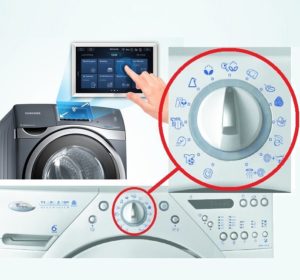 Washing machines with mechanical controls are becoming less and less common in stores, but people still argue which is better and more reliable: mechanics or electronics. Moreover, some craftsmen claim that old manual regulators are many times stronger than modern electronic technologies. Whose side is true needs to be clarified. Let's figure out how electronic control differs from mechanical control and which will last longer. Let's compare the two options according to all criteria.
Washing machines with mechanical controls are becoming less and less common in stores, but people still argue which is better and more reliable: mechanics or electronics. Moreover, some craftsmen claim that old manual regulators are many times stronger than modern electronic technologies. Whose side is true needs to be clarified. Let's figure out how electronic control differs from mechanical control and which will last longer. Let's compare the two options according to all criteria.
Comparative characteristics of control types
To figure out which type of control is better, you need to consider both options. Let's start with the mechanics, the main advantage of which is reliability. Mechanical switching is carried out by timers, thanks to which the rotary switch moves at a certain speed. The contacts are closed and the intended functions are activated or deactivated. The scheme is simple and therefore reliable. There is also a drawback: a large number of elements are constantly rotating, which accelerates their wear. Parts wear out, break and need repair more often.
Electronic control cannot be called simple; on the contrary, it is very complex and confusing. But this complexity does not concern the user: thanks to the many buttons and controls, using the machine is easy and simple. Just look at the dashboard, read the icons and press the desired key. In addition to convenient and intuitive setup, modern electronics have the following advantageous differences from mechanics:
- a minimum of moving parts, which reduces the likelihood of system wear;
- the presence of many additional functions that simplify washing and improve the quality of washing (hair removal, intensive rinsing, acceleration);
- equipping the machine with special sensors that automatically calculate the amount of water and powder collected, as well as the temperature and cycle duration;
- clarity of the washing process due to the display (it reflects the cycle stage, duration and selected settings);
- increased safety, since the electronics are able to respond to emergency situations, turning off the machine in case of leaks, increased foaming and imbalance (thanks to sensors, the washing machine detects the problem and corrects it);
- self-diagnosis (all components and parts are connected to the “brain” - the control board, so in the event of failures, the module detects a breakdown and displays an error code on the display).
Mechanics are considered more reliable, electronics are more convenient and safer.
Electronically controlled machines also have a flaw - sensitivity to sudden voltage changes. A sudden power outage or power surge can cause the system to freeze, even leading to the breakdown of the control module. Reflashing, repairing or replacing the latter is not cheap; sometimes it is more profitable to buy a new washing machine. Although there is an alternative - to include a special stabilizer in the network, which will smooth out the supply of electricity and protect the washing machine from failure.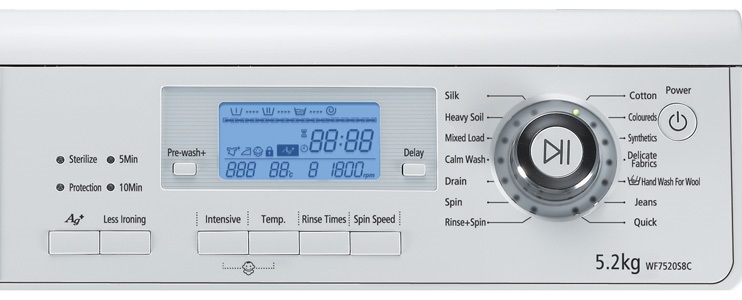
Having compared the advantages and disadvantages of mechanical and electronic control, we can conclude that electronics confidently win. If the washing machine has a control board, then using it is more convenient, easier and safer.Therefore, it is now almost impossible to find mechanics in stores.
Why did old mechanical machines last longer?
Old mechanical washing machines last longer than their modern counterparts - that's a fact. But the point is not in mechanics and electronics, but in mass production and market conditions. The first washing machines took a long time to produce, were made for quality and were expensive. The machines were assembled from strong parts under strict control and constant testing. They did not skimp on materials: the tank was made of stainless steel, the counterweights were made of cast iron, and the body was made of expensive plastic. As a result, the consumer received a wear-resistant “home assistant” for a tidy sum.
Now competition is forcing manufacturers to reduce costs and speed up production. Washing machines are checked not by people, but by robots; the cheapest materials, concrete counterweights and plastic tanks are used. Even the body is made of thin plastic - all to reduce costs. Mass production also makes its contribution: more equipment is assembled, and the percentage of defects increases. But modern washing machines cost several times less than their “ancestors”: the average price is 10-12 thousand. If such a unit lasts even 3 years, it will “recoup” its cost in full.
Interesting:
1 reader comment
Add a comment Cancel reply
Categories
Washing machine repair


For buyers

For users

Dishwasher

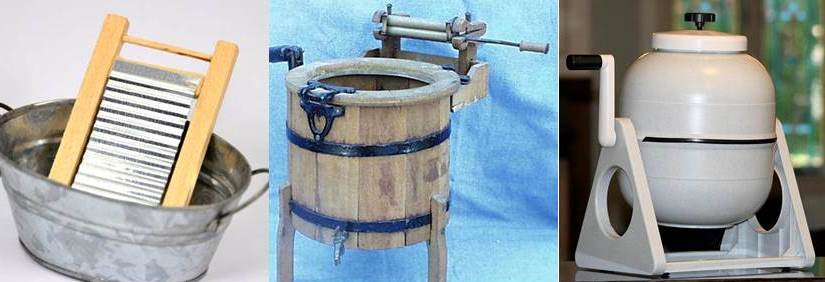


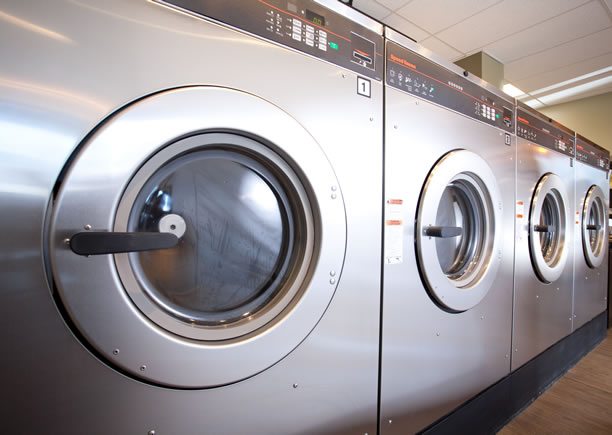

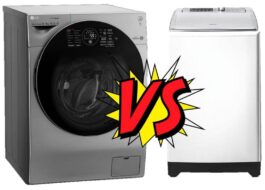










How to remove music? Impossible to listen!